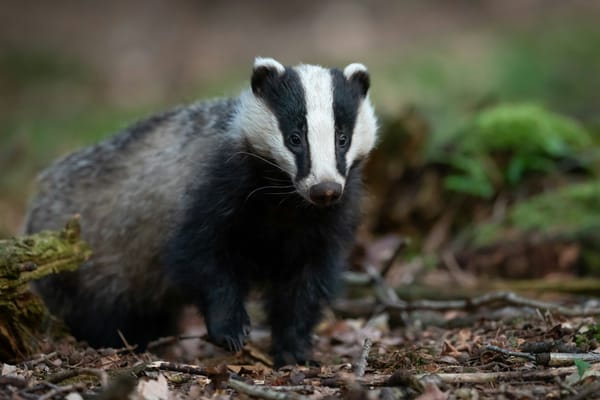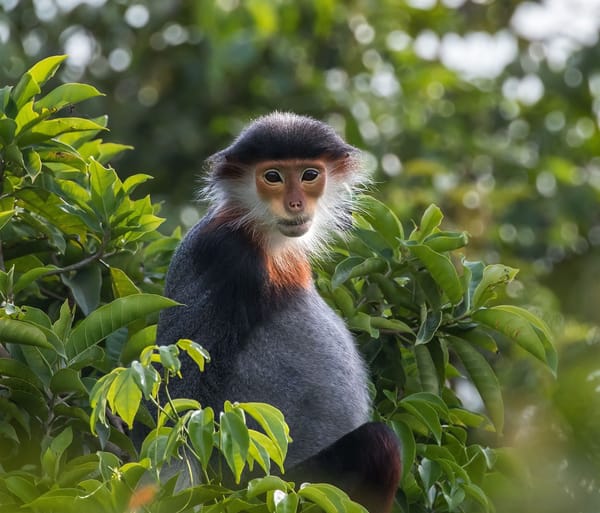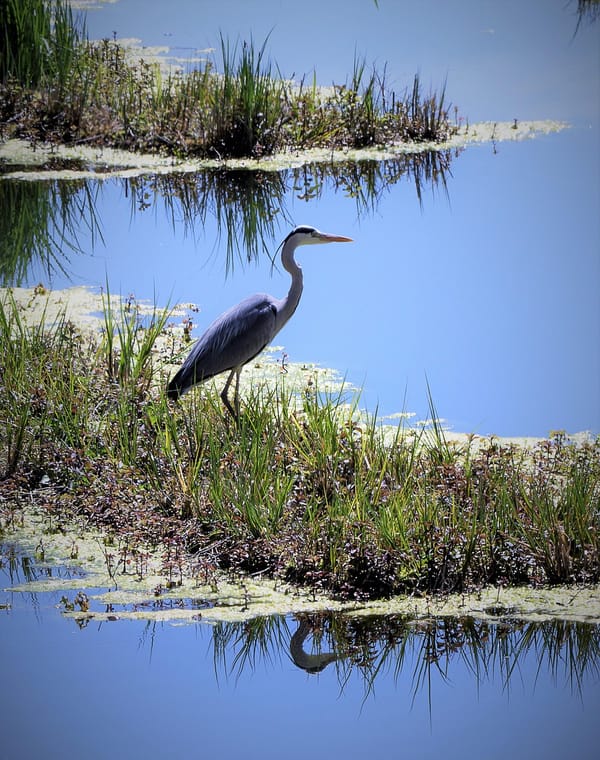Meet the Bonobo: Our Peaceful Primate Cousin
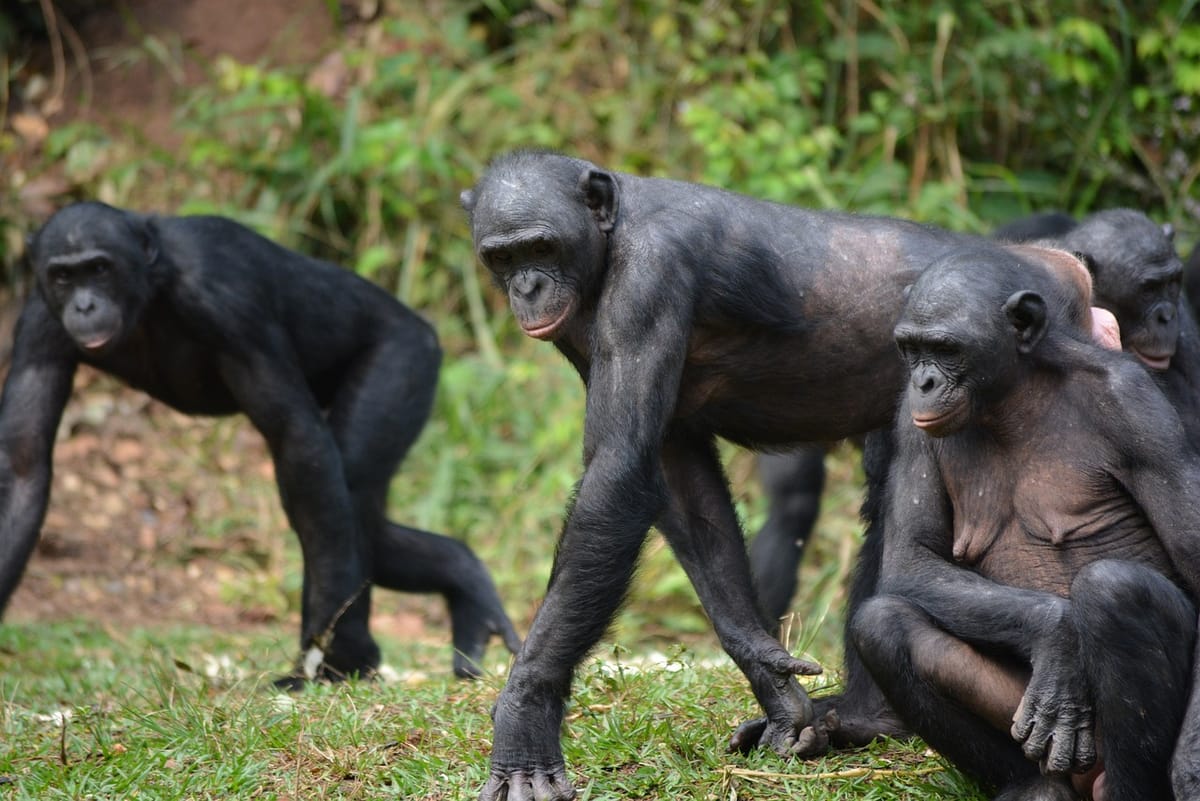
If someone popped the question, “Which great ape are we closest to?” your instant answer would probably be Chimpanzee! And you’d be right. But here's the twist: there’s another great ape we’re equally close to, one that lives life a little more... peacefully. Meet the Bonobo!
While the Chimpanzee often steals the spotlight, its lesser-known cousin, the Bonobo (Pan paniscus), is just as fascinating. These gentle apes, with whom we share a whopping 98.7% of our DNA, are living proof that family dynamics can take wildly different routes even in the animal kingdom.
What’s a Bonobo? 🤔
Until 1929, Bonobos were thought to be just a smaller subspecies of Chimpanzees, often nicknamed “pygmy chimps.” But make no mistake they are a species all on their own, rocking their unique traits and behaviors. Picture a slightly smaller ape with long legs, a slim build, and a flatter, rounder face adorned with striking red lips. Cute, right?
They share a 99.6% genetic similarity with Chimpanzees, but their behavior couldn’t be more different. Bonobos are the zen masters of the ape world peaceful, playful, and social.
Bonobos live in matriarchal societies where female leadership keeps the peace. Yes, you read that right, the ladies run the show! Instead of resolving conflicts with aggression, Bonobos take a very unique approach: they use intimacy as a tool to strengthen bonds, ease tensions, and maintain harmony within their communities.
That’s right they’re the only other species besides humans known to engage in copulation for more than reproduction. However, when two Bonobo groups cross paths, things can get heated, and they may clash. After all, even the most peaceful beings have their limits!
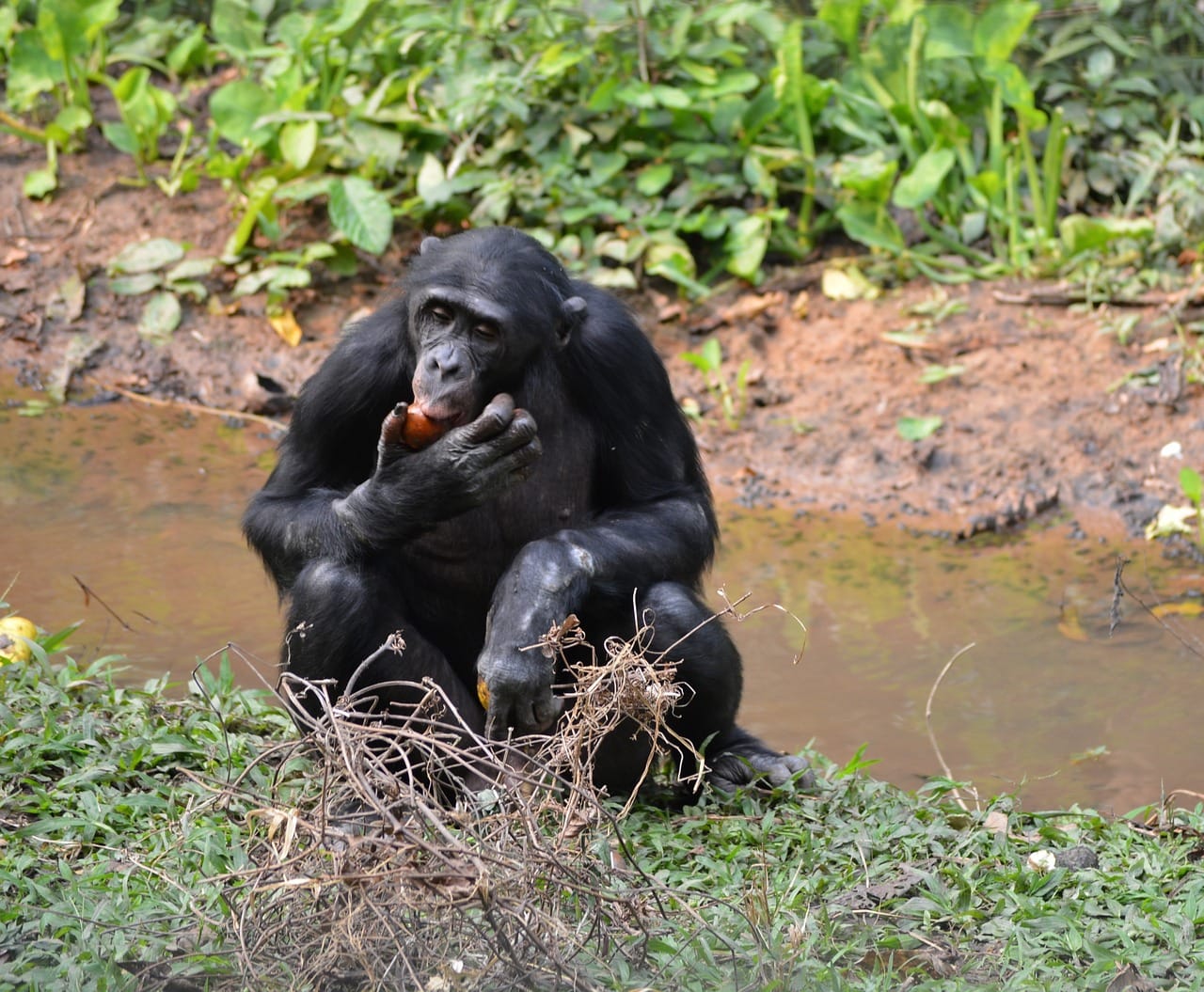
Bonobos are fruit fanatics! A big chunk of their diet consists of fruits, supplemented by leaves, seeds, twigs, and the occasional insect. Like their Chimp cousins, they’ve also been spotted hunting and eating smaller monkeys, though far less frequently.
Where Can You Find These Beauties?
Here’s the catch: spotting a Bonobo in the wild is no easy feat. These incredible apes are endemic to the dense forests of the Congo Basin in Central Africa a region both remote and riddled with challenges. Civil unrest and limited accessibility have made it difficult for scientists to study Bonobos extensively. So, much about them remains a mystery.
The Fight for Survival
Bonobos are in trouble. With fewer than 50,000 individuals left in the wild, they’re classified as Endangered on the IUCN Red List. Habitat loss, poaching, and bushmeat trade are major threats, while their slow reproduction rate adds to their vulnerability. Bonobo mothers give birth only once every 5-6 years, and their babies don’t reach maturity until around age 12.
Although part of their home lies within the protected Salonga National Park, much of their habitat is unprotected and at risk. Humans hunt Bonobos for meat, trade their body parts, and, sadly, civil unrest in the region continues to endanger them.
Thankfully, all is not lost. Conservation efforts by dedicated NGOs are working to monitor Bonobo populations and protect their habitat. Raising awareness and supporting these initiatives can help ensure these peaceful apes have a fighting chance at survival.
Next time someone brings up great apes, don’t forget to share the story of the Bonobo. They’re not just our closest relatives they’re a reminder that cooperation and kindness can thrive even in the wildest corners of the earth. 🌿🐾
Let’s spread the word and give Bonobos the attention they deserve! 🌍✨
Sincerely,
Blue 💙
Citations:
Nishida, T. (2024, December 13). Bonobo | Size, Habitat, & Facts. Encyclopedia Britannica. https://www.britannica.com/animal/bonobo
The endangered bonobo: Africa’s forgotten ape. (n.d.). African Wildlife Foundation. https://www.awf.org/blog/endangered-bonobo-africas-forgotten-ape

